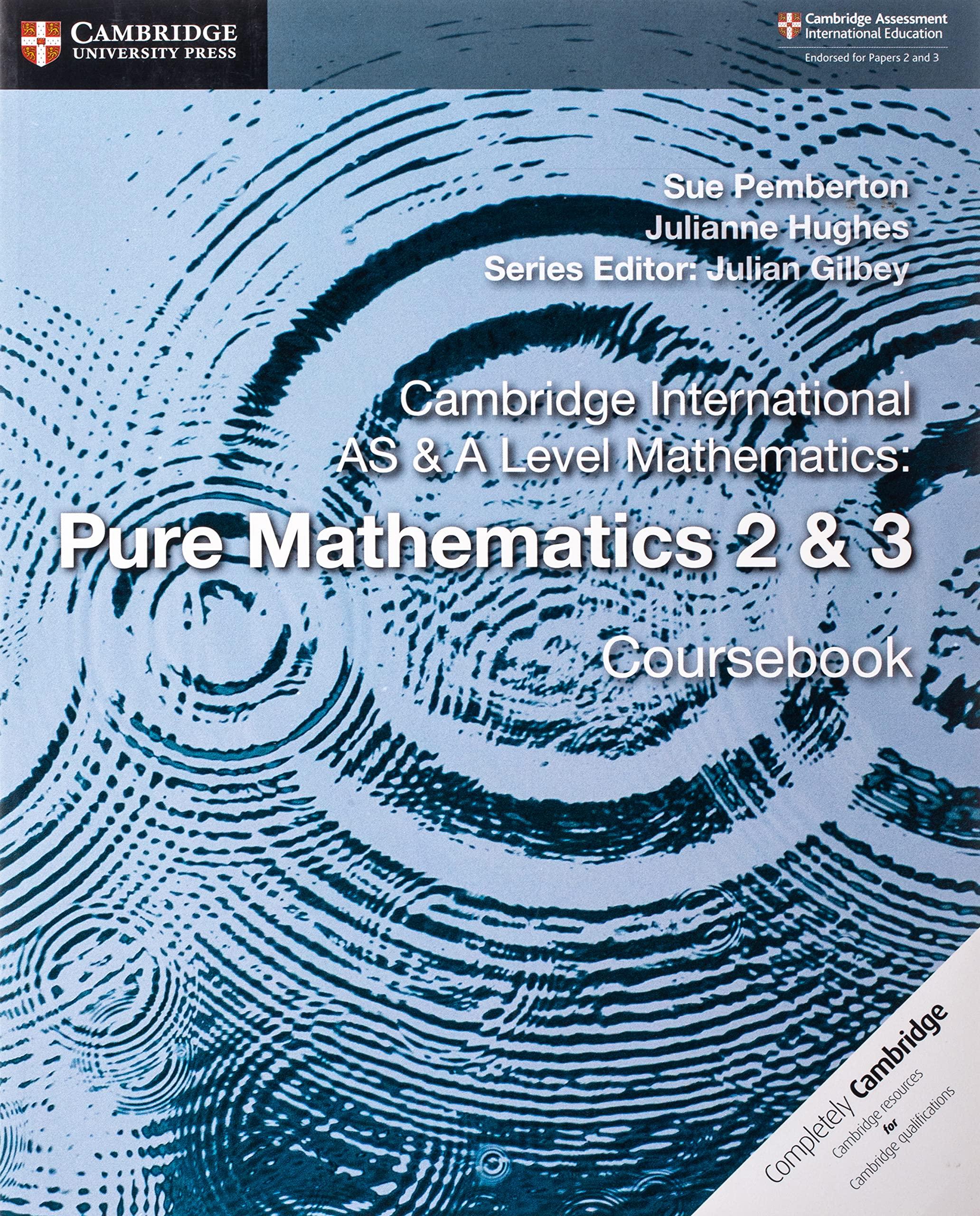Answered step by step
Verified Expert Solution
Question
1 Approved Answer
Suppose p(x) and q(x) are polynomials with real (or complex) coefficients with 0 deg(q(x)) deg(p(x)). Moreover, suppose there is no polynomial r(x) for which


Suppose p(x) and q(x) are polynomials with real (or complex) coefficients with 0 deg(q(x)) deg(p(x)). Moreover, suppose there is no polynomial r(x) for which p(x) = q(x)r(x). Setting so(x)= q(x), prove that there exists kN and polynomials such that T1(x)so(x)+s1(x) where deg(s(x)) < deg(q(x)); 50(x) =2(x)81(x)+82(x) where deg(s2(x)) < deg(81(x)); p(x) = 51(x) = 82(x) = T3(x)82(x)+83(x) where deg(83(x)) < deg(s2(x)); T4(x)83(x)+84(x) where deg(s4(x)) < deg(83(x)); $(2) = Sk-2(x) = Ti+2(x)si+1(x)+si+2(x) where deg(si+2(x)) < deg(si+1(x)); Tk(x)Sk-1(x) + Sk(x) where deg(sk(x)) < deg(sk-1(x)); Sk-1(x) = Tk+1(x)Sk(x). Problem 2: Using the notation from the previous problem, conclude that there exist polynomials a(x), b(x) such that a(x)p(x)+b(x)q(x) = sk(x) and that if c(x), d(x) are any polynomials, then there exists a polynomial e(x) such that c(x)p(x)+d(x)q(x) = e(x)sk(x).
Step by Step Solution
There are 3 Steps involved in it
Step: 1

Get Instant Access to Expert-Tailored Solutions
See step-by-step solutions with expert insights and AI powered tools for academic success
Step: 2

Step: 3

Ace Your Homework with AI
Get the answers you need in no time with our AI-driven, step-by-step assistance
Get Started


